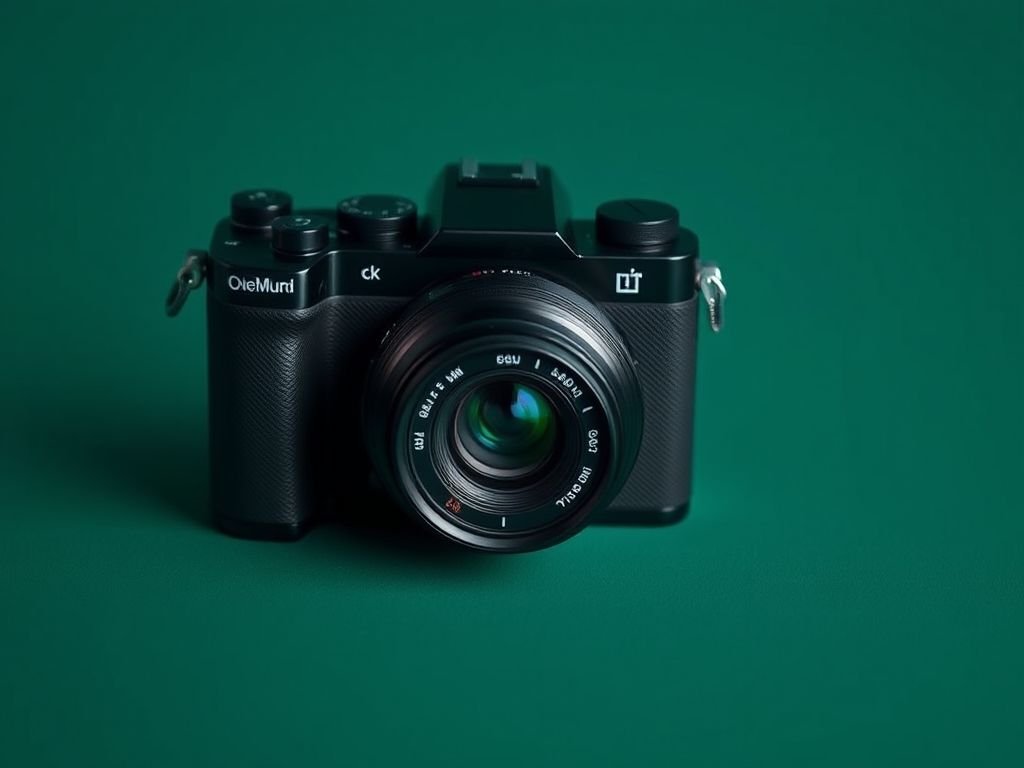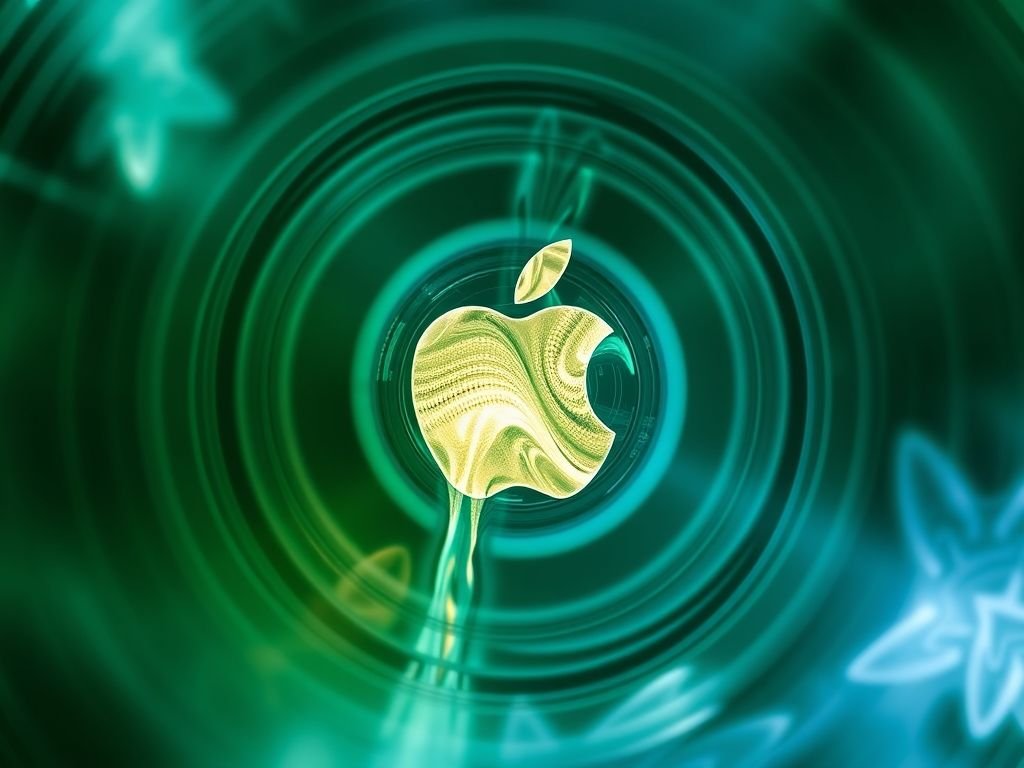Amazon’s Space Internet Picks Up Its First Airline Partner

Amazon’s Space Internet Picks Up Its First Airline Partner
After years of development and fierce competition with SpaceX’s Starlink, Amazon’s Project Kuiper has taken a major leap forward — securing its first airline partner: JetBlue.
The deal marks a turning point for Amazon’s satellite internet ambitions, as it moves from testing and infrastructure to real-world deployment. Starting in 2027, select JetBlue aircraft will be equipped with Project Kuiper’s LEO (Low Earth Orbit) satellite technology, bringing high-speed internet to passengers cruising at 35,000 feet.
✈️ Why JetBlue Chose Amazon’s Sky-Based Internet
JetBlue has long been a leader in in-flight connectivity. Since 2013, its Fly-Fi service has offered free high-speed Wi-Fi to passengers across its entire fleet — powered initially by Viasat’s geostationary (GEO) satellites.
But as demand for streaming, video calls, and cloud access grows mid-flight, airlines are pushing for faster, more reliable options. That’s where LEO satellites come in.
Unlike traditional GEO satellites, which orbit about 22,000 miles above Earth, Kuiper’s LEO satellites fly much closer — between 367 and 391 miles up — drastically reducing latency and improving connection stability. This means less lag, fewer dropouts, and a smoother online experience at cruising altitude.
📡 A Powerful Terminal for the Skies
Amazon has designed a custom flat-panel antenna specifically for aviation use. Mounted on the top of the aircraft, this terminal is described as the most powerful Kuiper customer unit developed so far, capable of delivering download speeds up to 1 Gbps.
That kind of bandwidth opens the door for seamless HD streaming, video conferencing, online gaming, and other data-heavy tasks — even during long-haul flights.
The rollout will happen in phases, with JetBlue gradually upgrading its fleet. The airline is also exploring a multi-orbit strategy, potentially combining LEO (Kuiper) and GEO (Viasat) networks in the future to ensure uninterrupted coverage across all routes.
🛰️ How Kuiper Stacks Up Against Starlink
Amazon isn’t the first to bring satellite internet to the skies. Starlink, SpaceX’s rival network, has already partnered with United Airlines, Qatar Airways, and Hawaiian Airlines, offering some of the fastest in-flight Wi-Fi available today.
But Amazon is playing catch-up with serious momentum. With over 100 Kuiper satellites already in orbit, and plans to launch commercial service to initial customers later this year, the company is positioning itself as a strong contender in the global connectivity race.
Beyond aviation, Amazon has also signed partnerships with Vodafone, Airbus, and other telecom providers to expand Kuiper’s reach to remote areas, maritime routes, and enterprise users.
🌐 The Future of In-Flight Connectivity Is Here
Today, reliable internet isn’t just a luxury — it’s an expectation. Whether you’re closing a work deal, binge-watching a series, or staying in touch with family, being offline for hours isn’t ideal.
With Project Kuiper, Amazon is helping close that gap. And by teaming up with a forward-thinking airline like JetBlue, the company is proving that space-based internet isn’t just for rural homes — it’s for the skies, too.
As launch dates approach and installations begin, travelers may soon find themselves asking not if their flight has Wi-Fi, but how fast it is.
✅ Stay tuned — Amazon aims to roll out Project Kuiper services to its first customers before the end of 2024, with aviation connectivity set to take off in 2027.






